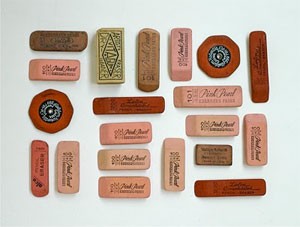 This winter my husband & I are moving to Santa Fe, New Mexico. We’re in the process of selling our house in California and packing up — not just our clothes and furniture but in my case a studio full of paper and old heavy printing equipment, and for my husband boxes and boxes of car-related stuff. As I sift through all my belongings, I’ve looked anew at the myriad collections I’ve acquired over time. I’ve written about 2 of them — my artist’s books and perfume bottles — that were amassed with some forethought. But most of them are haphazard at best — a set of plastic chairs (started by a gift from my friend Cathy), pictures of chairs (mostly green), paper coasters (started in college and collected from bars, later expanded to include letterpress coasters from other printers), small plastic dinosaurs, all the patches I got from finishing organized bike rides…. well, you get the idea.
This winter my husband & I are moving to Santa Fe, New Mexico. We’re in the process of selling our house in California and packing up — not just our clothes and furniture but in my case a studio full of paper and old heavy printing equipment, and for my husband boxes and boxes of car-related stuff. As I sift through all my belongings, I’ve looked anew at the myriad collections I’ve acquired over time. I’ve written about 2 of them — my artist’s books and perfume bottles — that were amassed with some forethought. But most of them are haphazard at best — a set of plastic chairs (started by a gift from my friend Cathy), pictures of chairs (mostly green), paper coasters (started in college and collected from bars, later expanded to include letterpress coasters from other printers), small plastic dinosaurs, all the patches I got from finishing organized bike rides…. well, you get the idea.
![]() So as I ponder my stashes, I’ve been following Lisa Congdon’s new blog, A Collection a Day, where she “will photograph or draw (and occasionally paint) one collection” a day during 2010 (those are her erasers above). She says “Since I was a young girl, I have been obsessed both with collecting and with arranging, organizing and displaying my collections.” While mine are mostly organized, they are in (mostly forgotten) boxes, so I hope I use this move into a new studio and a new house to find places to display more of my own accumulated assortment of stuff!
So as I ponder my stashes, I’ve been following Lisa Congdon’s new blog, A Collection a Day, where she “will photograph or draw (and occasionally paint) one collection” a day during 2010 (those are her erasers above). She says “Since I was a young girl, I have been obsessed both with collecting and with arranging, organizing and displaying my collections.” While mine are mostly organized, they are in (mostly forgotten) boxes, so I hope I use this move into a new studio and a new house to find places to display more of my own accumulated assortment of stuff!

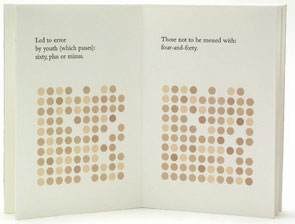
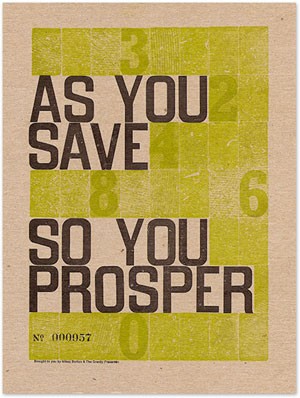
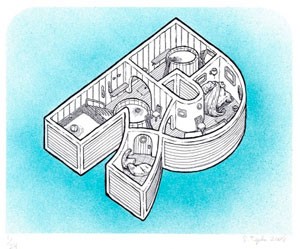
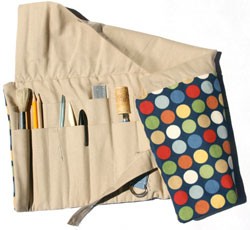 When I wrote recently about a nifty leather
When I wrote recently about a nifty leather